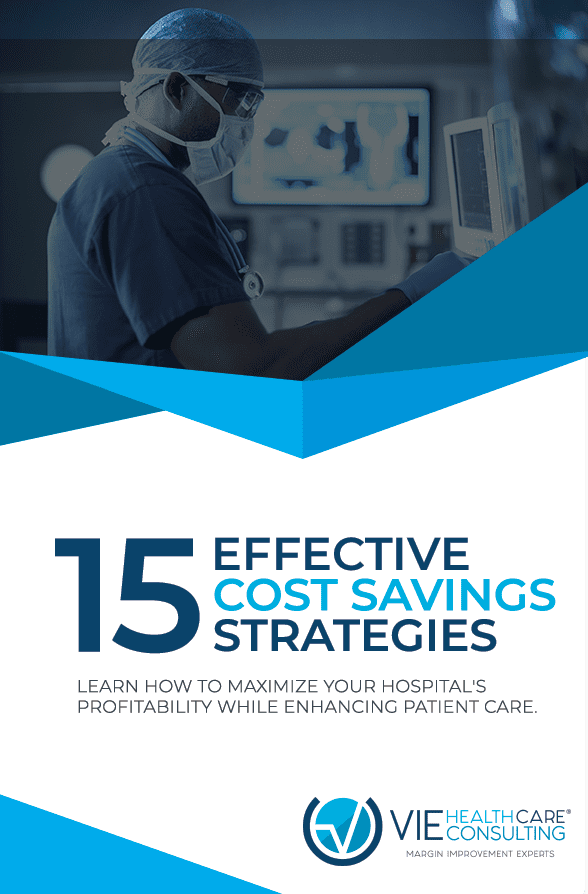11 Strategies to Increase Profits with Data Analytics
This article was written by Lisa Miller.
Profiting from analytics is only achievable if there are systems in place to ensure your analytics and data will lead you closer to your goals. In this blog, I outline 11 ways to profit from analytics in your organization.
Building competency in analytics can help your organization to harness “big data” to create actionable insights, deliver better patient care and patient outcomes, improve efficiency and drive margin improvement.
Protect and improve your hospital’s profit margins with data analytics
Drawing on our expertise we have identified 11 key ways to profit from data analytics:
#1 Measure: At VIE Healthcare Consulting, we work on the principle of “what can be measured can be improved.” Olympians and elite athletes consistently measure their performances to ensure they perform at their highest level. Your hospital should follow this example.
#2 Ask for and capture the right data: A State of the Industry Survey found that only 12% of healthcare organizations are effectively using big data to reduce costs and improve healthcare quality[1]. Eliminate unnecessary or lower-impact data and focus on what is important, ensuring that you have the data you need to make informed decisions.
Only 12% of healthcare organizations are effectively using big data to reduce costs and improve quality of healthcare. Click To Tweet
#3 Ensure data accuracy: Validate your sources by “measuring small” and then expanding your focus. You will be surprised at what you see or, more importantly, what you don’t see.
#4 Invest in training: Hospital staff are often asked to accomplish more with fewer tools available to help them achieve their goals. Educational workshops not only enhance your team’s performance but strengthen morale and can boost employee retention and engagement.
#5 Coach: Technology is evolving at an increasingly rapid pace. Even your most skilled employees need help to analyze and understand the vast amounts of data generated on a daily basis. Ensure your employees understand what the data means, how it affects your organization and how to draw actionable insights from that data.
#6 Evaluate your systems: How many independent systems operate in your organization? Are they integrated effectively? Answering these questions is critical to your profitability.
#7 Eliminate manual data entry: How much of your current process relies on manual or paper-based systems? Research suggests that nearly 90% of spreadsheets contain errors. Over-reliance on a manual process increases the chance of human error or inaccurate data.

#8 Hold the systems accountable: When was the last time your supply chain team was trained by their materials management system representatives or the clinical team on their OR system? Education and training must be consistent.
#9 Push for real-time data: You must be able to see trends on a monthly basis, rather than relying on historical data which can be 12 months old in many cases. This will reveal opportunities for significant savings for your organization.
#10 Evaluate zero-based budgeting: Zero-based budgeting is defined as a method of budgeting in which all expenses must be justified for each new period. … Budgets are then built around what is needed for the upcoming period, regardless of whether each budget is higher or lower than the previous one[2]’. This type of budgeting eliminates the guesswork in expenses and allows quick analysis of trends.
#11 Conduct a gap assessment: Have an independent assessment performed on analytic skills, accuracy of data captured and measurements used.
Utilizing data as a core asset helps your organization to achieve its goals in finance, reimbursement, recruiting, and (most importantly) improving patient care.
[1] https://www.managedhealthcareexecutive.com/article/top-4-challenges-healthcare-executives-face-2019
[2] https://www.investopedia.com/terms/z/zbb.asp



